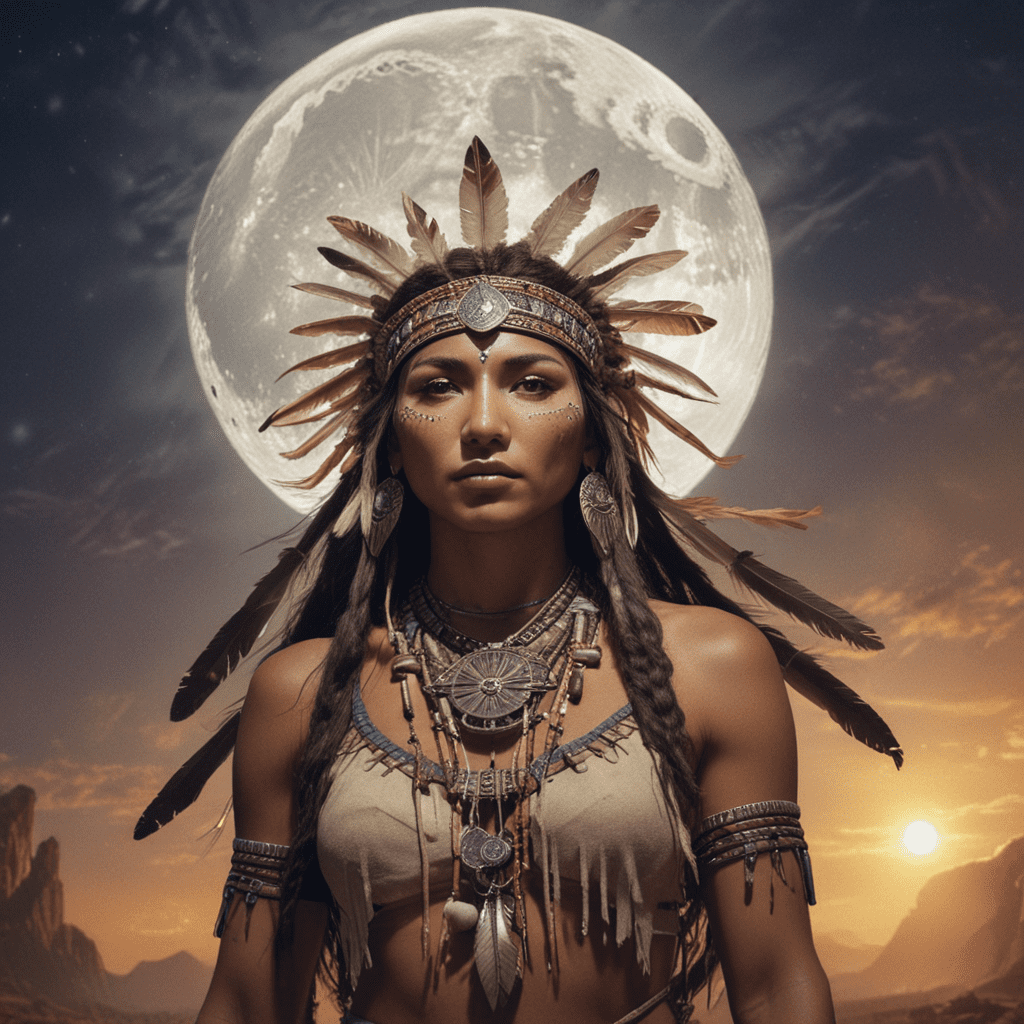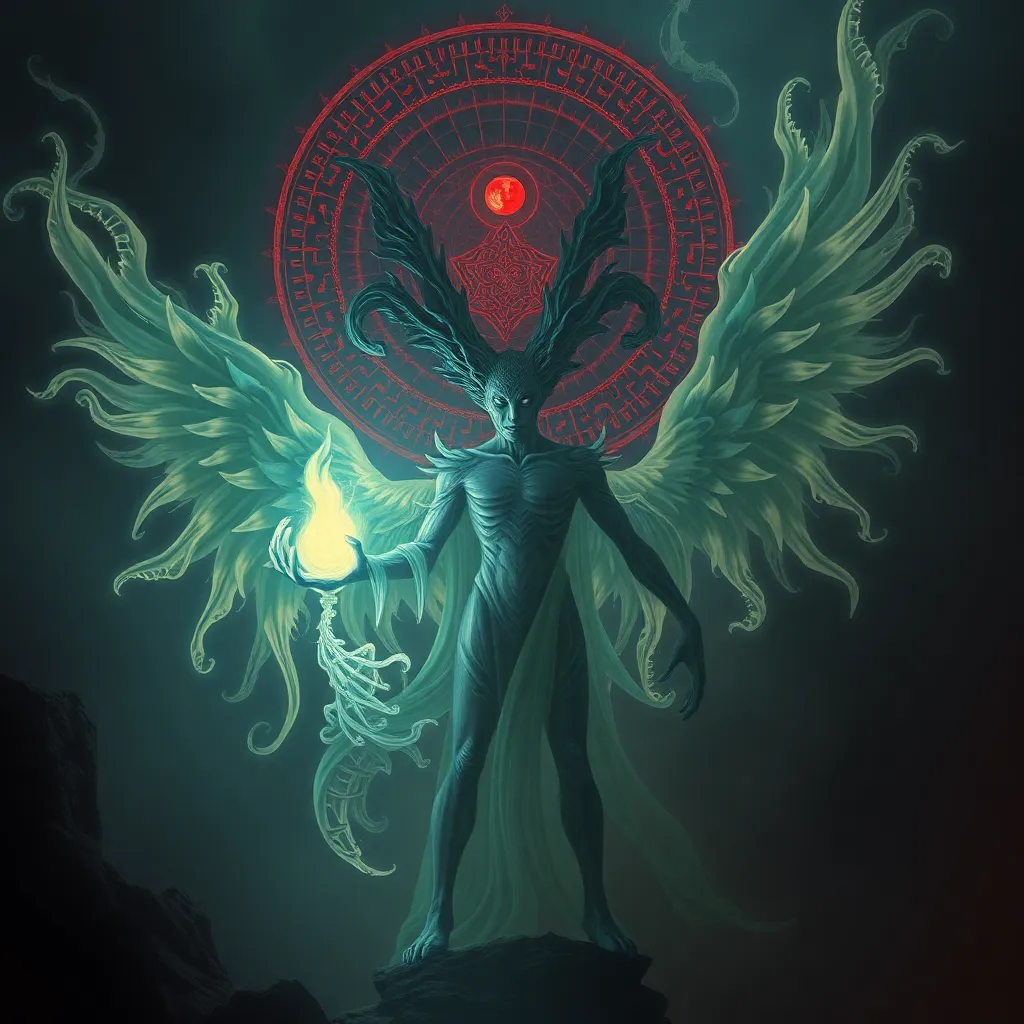Exploring the Myths of the Underworld: What Lies Beyond?
I. Introduction
The concept of the underworld is a fascinating and complex idea found in various cultures throughout history. It often represents a realm where souls go after death, a place that is both feared and revered. The underworld serves as a cultural canvas for human fears and beliefs about mortality, morality, and the unknown.
Myths surrounding the underworld play a crucial role in shaping our understanding of death and the afterlife. They not only reflect our anxieties but also provide frameworks for interpreting life’s ultimate mystery. This article aims to explore the various representations of the underworld across different cultures, the deities associated with these realms, common themes found in these myths, and their influence on modern media and literature.
II. Historical Perspectives on the Underworld
A. Ancient civilizations and their views of the afterlife
Throughout history, many ancient civilizations have grappled with the concept of the afterlife. Their beliefs often revolved around intricate myths that explained what happens to souls after death.
1. Egyptian Duat: Judgment and the afterlife
In ancient Egyptian beliefs, the Duat is the underworld where the dead undergo judgment. The heart of the deceased was weighed against the feather of Ma’at, the goddess of truth. If the heart was lighter, the soul could enter the realm of the blessed, while heavier hearts faced annihilation.
2. Greek Hades: The realm of the dead
In Greek mythology, Hades is both the name of the god who rules the underworld and the name of the underworld itself. It is depicted as a shadowy place where souls reside after death. The journey across the River Styx, guided by Charon, is essential for souls to reach their final resting place.
3. Mesopotamian Underworld: Gilgamesh and the land of no return
The Mesopotamian underworld, often referred to as Kur, is characterized by its bleakness and finality. In the Epic of Gilgamesh, the hero learns that death is inevitable and that no one can escape the underworld’s grasp.
B. Evolution of the concept through the ages
As civilizations evolved, so too did their concepts of the afterlife. The underworld transitioned from a place of fear and punishment to one offering hope and renewal, reflecting changing societal values and beliefs.
III. The Role of Deities in Underworld Myths
A. Overview of key deities associated with the underworld
Deities play a vital role in shaping the narratives surrounding the underworld. They often embody the duality of life and death, serving as guides, judges, or guardians.
1. Osiris in Egyptian mythology
Osiris is the god of the afterlife and resurrection in Egyptian mythology. He represents the cycle of life, death, and rebirth, showing that death can lead to new beginnings.
2. Hades and Persephone in Greek mythology
Hades, as the ruler of the underworld, represents the inevitability of death, while Persephone’s annual return to the surface symbolizes the cycles of nature and rebirth.
3. Yama in Hindu beliefs
Yama is the god of death in Hindu mythology, presiding over the underworld known as Naraka. He is seen not only as a judge of souls but also as a guide who helps the deceased navigate the afterlife.
B. How these deities shape our understanding of life and death
The portrayal of these deities often reflects cultural values regarding morality, justice, and the human experience of life and death. They provide frameworks through which societies can process grief, fear, and the unknown.
IV. Common Themes and Symbolism in Underworld Myths
A. The journey of the soul: Guides and trials
Many myths depict the soul’s journey through the underworld as fraught with challenges and guided by deities or spirits. This journey often symbolizes the trials of life and the ultimate acceptance of fate.
B. The symbolism of darkness and light
The dichotomy of darkness and light is a prevalent theme in underworld myths. Darkness is often associated with death and the unknown, while light symbolizes hope, life, and enlightenment.
C. The concept of judgment and moral implications
Judgment is a common motif in underworld myths, representing the moral choices made during life. This theme serves as a reminder of accountability and the ethical implications of one’s actions.
V. Cultural Variations: The Underworld Across Continents
A. African beliefs: Ancestral spirits and the afterlife
In many African cultures, the belief in ancestral spirits plays a significant role in the afterlife. The underworld is often viewed as a place where ancestors watch over their descendants, providing guidance and protection.
B. Indigenous South American views: The duality of the afterlife
Many indigenous South American cultures hold beliefs in a duality of the afterlife, where souls may traverse different realms based on their earthly actions, reflecting a balance between good and evil.
C. Asian perspectives: Buddhism and the cycle of rebirth
In Buddhism, the concept of the underworld is tied to the cycle of samsara, where souls are reborn based on karma. The underworld is not a final destination but part of a continuous cycle of life, death, and rebirth.
VI. Myths vs. Reality: What Science Says About the Afterlife
A. Psychological interpretations of the afterlife and myth-making
Psychology provides insights into why humans create myths about the afterlife. These narratives help individuals cope with the fear of death and provide comfort in the face of loss.
B. Near-death experiences: Scientific analysis vs. mythological narratives
Near-death experiences (NDEs) have been the subject of scientific scrutiny, often reflecting cultural beliefs about the afterlife. While some view NDEs as evidence of an afterlife, others argue they can be explained through biological processes.
C. The role of cultural context in shaping beliefs about death
Cultural context plays a crucial role in shaping individual beliefs about death and the afterlife. These beliefs can significantly influence how societies mourn and celebrate life.
VII. The Influence of the Underworld in Modern Literature and Media
A. Representation of the underworld in contemporary fiction
The underworld continues to captivate modern writers and filmmakers. It serves as a rich backdrop for exploring complex themes of morality, redemption, and the human experience.
1. Dante’s “Inferno” and its impact
Dante Alighieri’s “Inferno” offers a detailed vision of the underworld, influencing countless literary works and reflecting medieval beliefs about sin and punishment.
2. Modern films and TV shows portraying the underworld
Contemporary media often reinterpret traditional myths, such as in films like “The Matrix” or TV shows like “Supernatural”, where the underworld is depicted as a battleground between good and evil.
B. How these works reflect or challenge traditional myths
Modern interpretations often reflect contemporary societal fears and challenges, sometimes reinforcing traditional beliefs while at other times questioning and subverting them.
VIII. The Underworld in Popular Culture: Video Games and Role-Playing
A. Exploration of underworld themes in gaming
Video games frequently explore underworld themes, allowing players to engage with myths in interactive ways. Titles like “Hades” and “God of War” incorporate rich mythological narratives into their gameplay.
B. The role of player choice and morality in these narratives
Many games allow players to make choices that affect their journey through the underworld, emphasizing themes of morality and consequence, mirroring ancient myths about life and death.
C. Case studies of popular titles
- “Hades”: A rogue-like dungeon crawler that explores themes of death and rebirth through Greek mythology.
- “God of War”: A series that delves into Norse and Greek mythologies, presenting a complex portrayal of gods and the afterlife.
- “Persona 5”: An RPG that intertwines modern life




